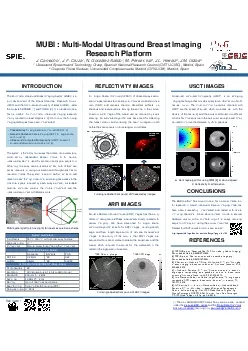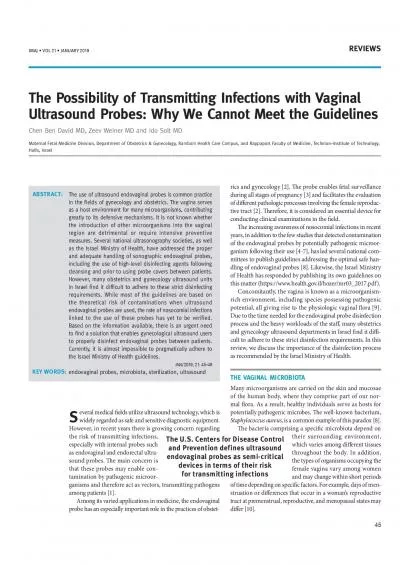PPT-Transvaginal ultrasound
Author : mitsue-stanley | Published Date : 2018-03-18
Gynecology MiniLectures for Students Technique Transvaginal Ultrasound Anatomy Key Points The uterus does NOT stand straight up in the coronal plane It flops either
Presentation Embed Code
Download Presentation
Download Presentation The PPT/PDF document "Transvaginal ultrasound" is the property of its rightful owner. Permission is granted to download and print the materials on this website for personal, non-commercial use only, and to display it on your personal computer provided you do not modify the materials and that you retain all copyright notices contained in the materials. By downloading content from our website, you accept the terms of this agreement.
Transvaginal ultrasound: Transcript
Download Rules Of Document
"Transvaginal ultrasound"The content belongs to its owner. You may download and print it for personal use, without modification, and keep all copyright notices. By downloading, you agree to these terms.
Related Documents














